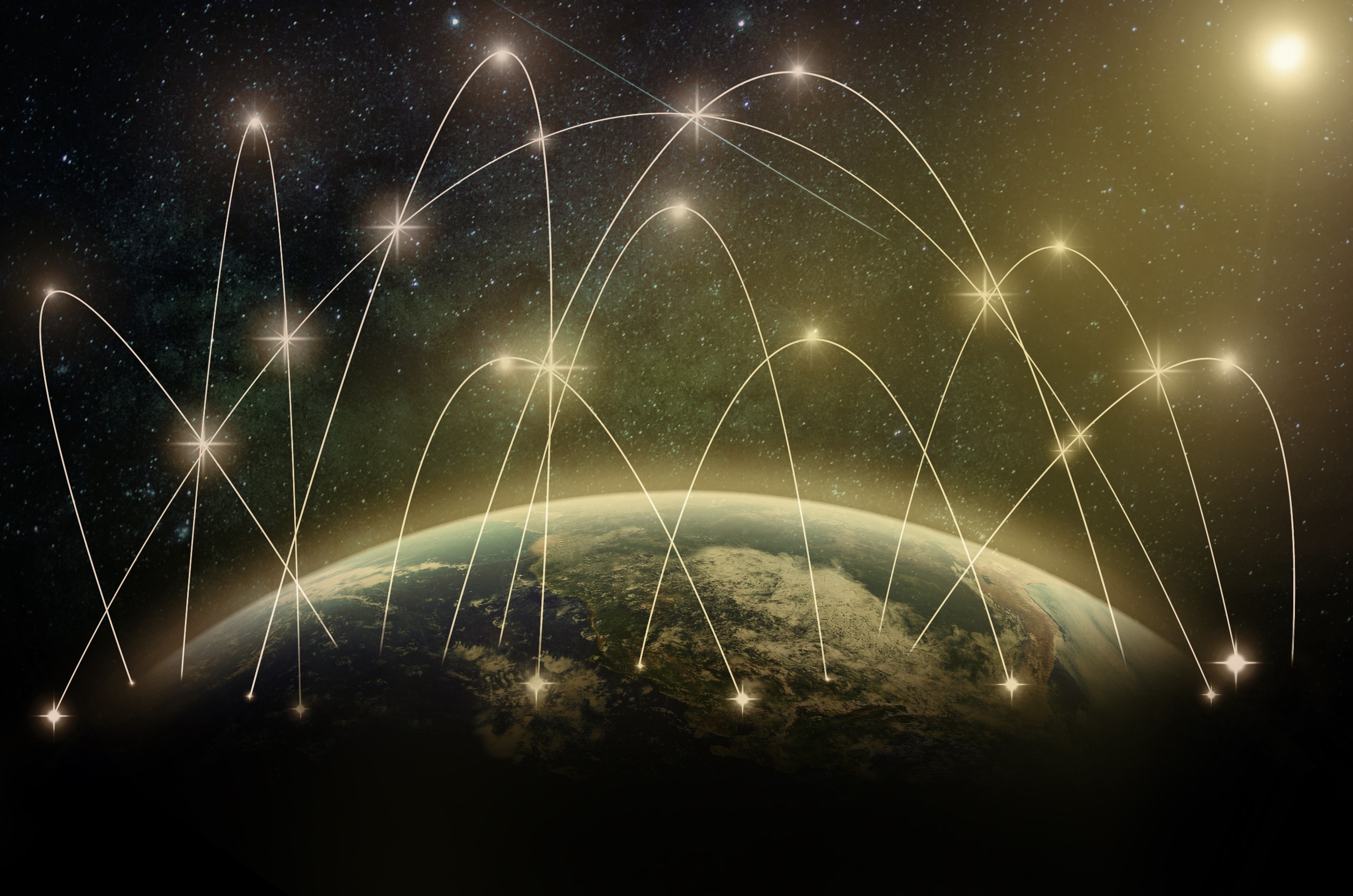AT&T told to come back to Earth with space coverage claims

NARB concurs with recommendation that AT&T ‘discontinue or modify’ claims about the availability of NTN coverage
The National Advertising Review Board (NARB) has agreed with the previous recommendation made by a panel of the BBB National Programs’ National Advertising Division (NAD) that AT&T “discontinue or modify the claim that its Supplemental Coverage from Space (SCS) is presently available to consumers.”
T-Mobile US challenged claims made in AT&T’s “Epic Bad Golf Day” commercial, which shows an AT&T cellular call connecting through a satellite relay. While is it undisputed — even by AT&T — that the carrier does not currently offer SCS or non-terrestrial network (NTN) coverage, the commercial, NAD and NARB concluded, sends the message that this capability is currently available to its customers.
And so, NARB announced this week its alignment with NAD’s previous conclusion, reiterating that AT&T “discontinue” or “modify” its claims around any available SCS service, and instead stick to ”truthful and non-misleading aspirational” messaging.
However, AT&T is getting closer to actually having a commercial space-based service. The AT&T commercial, as well as the related claims, are the result of the carrier’s investment in satellite direct-to-cellular company AST SpaceMobile, which this week announced that it has delivered its long-awaited, first five Bluebird low-Earth orbit (LEO) satellites to their launch site in Cape Canaveral, Florida, after receiving the FCC’s greenlight for a September launch.
In addition to AT&T, AST SpaceMobile is also backed by Verizon, Google and Vodafone and a contractor for the United States Government.
Notably, AST SpaceMobile used the AT&T commercial — which stars an increasingly disheveled Ben Stiller having a really bad golfing experience — in a demonstration of what it said is the first commercial ever streamed from space to a smartphone.
AST SpaceMobile said that it already has agreements and deals in place with 40 mobile network operators around the world that service around 2 billion customers, and that it anticipates that the direct-to-cellular technology could offer connectivity to 5.5 billion cellular devices in use today.
AT&T had appealed NAD’s recommendation in July — which is why NARB got involved in the first place — and now, according to NARB, the carrier “respectfully disagrees with NARB’s conclusion,” but will comply with the decision.
T-Mobile US, which, as previously mentioned, brought the AT&T commercial to NAD’s attention, is currently working on its own satellite connectivity offering with SpaceX.

Comments are closed.